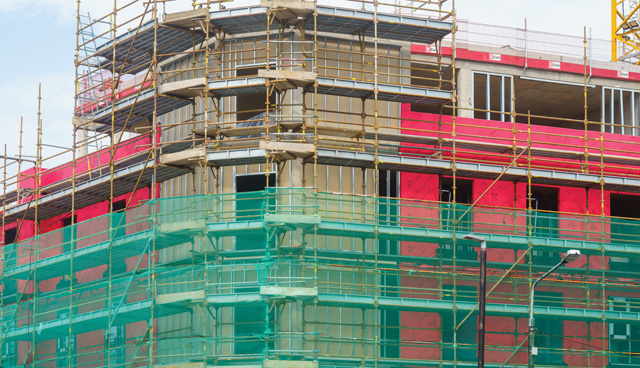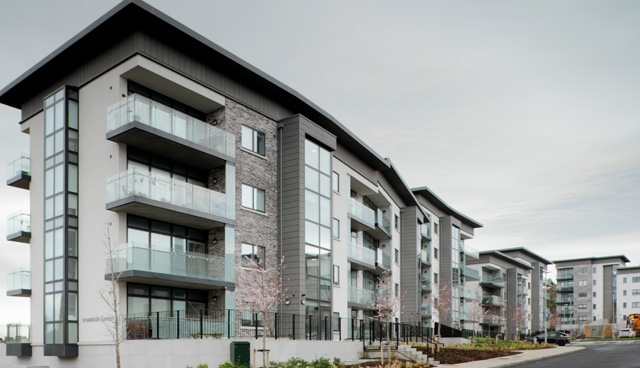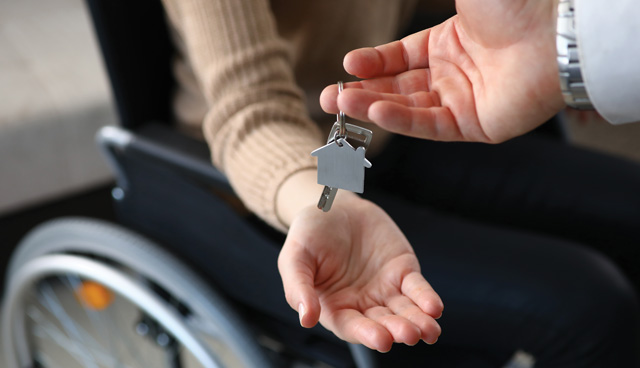
Social housing challenges: A European perspective
18th July 2023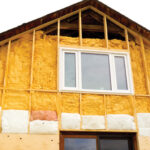
Climate Action Plan 2023 consolidates retrofit delivery ambition
18th July 2023A growing trend meeting diverse and emerging needs
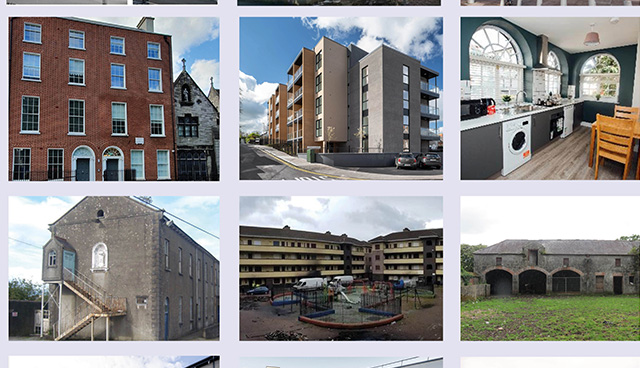
Donal Mc Manus, CEO of the Irish Council for Social Housing (ICSH) writes about one of the growing areas in social housing delivery that has a significant multiplier effect in meeting other government objectives in relation to planning, the environment and climate action targets, supporting local services as well as, of course, meeting essential housing need.
significant multiplier effect in meeting other government objectives in relation to planning, the environment and climate action targets, supporting local services as well as, of course, meeting essential housing need.
Although, the process of using existing buildings and properties can be frustrating, as legacy issues may emerge and there may be even more stakeholders than is usual in the decision-making process, the repurposing of suitable properties for social housing is an area which has shown high value impact in creating or recreating more sustainable communities.This delivery is now becoming more mainstream.
The ICSH, with 270 members, is the national federation of housing associations representing and supporting approved housing bodies (AHBs). Established in 1982 by a number of active and forward thinking non-profit housing associations, last year the ICSH celebrated its 40th anniversary. The ICSH has evolved from overseeing and supporting a sector with a few thousand homes to over 54,000 homes in 2022. ICSH AHB members are now active in every local authority area and have a presence in up to 600 local communities. The sector has in fact been active in developing and managing social and affordable homes since the 1890s. AHBs now provide general needs family housing, and housing related supports to specialist groups, such as homeless households, disabled people, older people, households with mortgage difficulties, and those from new communities.
Increased capacity and delivery
Over the last 20 years approved housing bodies (AHBs) have increased their contribution to annual social housing delivery from around one in five of all new social housing to 44 per cent in 2022. This was the highest ever annual level of social housing provided by AHBs and contributed to assisting local authorities and their targets as set-out in the social and affordable housing action plans. As a collective, the AHB sector has been adding 10 per cent of new social housing per year to its long-term permanent housing stock. This increased social housing stock is now complemented by a small number of AHBs that have developed new cost rental homes for those on moderate incomes in mixed tenure developments.
In total, the sector provided 4,959 social and cost rental homes in 2022. What is noticeable is the increased number of new high quality social housing projects being developed at scale for general needs and families. This scale of delivery for general needs has been successfully achieved by developing housing associations with significant pipelines often in partnership with the private sector. The introduction of significant investment by government through Housing for All, AHBs raising their own finance through the Housing Finance Agency (HFA) and private financial institutions has bolstered delivery capacity. This is in addition to supports from The Housing Agency for processing schemes and practical interventions with access to land. All of these measures cumulatively enhance delivery capacity.
Utilising and repurposing existing properties
However, what is also apparent – and often overlooked in the increased delivery of social rented homes by AHBs – is an increase in the proportion of projects that have now been repurposed from commercial or vacant and derelict properties into new social rented homes. There has been a tradition within the AHB sector of this type of development since the 1980s, with such examples as convent conversions, coastguard stations, creamery sites and so on, sites obtained and converted into social housing through various funding schemes. This has been added to in recent years, with approximately 15 per cent of delivery developed through this route of using existing properties. AHBs providing homes for special needs groups, for households experiencing homelessness, older and disabled people, have been particularly well-served in this area, and these projects have involved substantial construction.
Commercial and public offices, banks, pubs, stables, and shops have all been notable examples recently where AHBs, working with local authorities and other stakeholders, have delivered homes in urban and rural areas. The number of former main street institutions that have closed, such as pubs and banks, has been noticeable throughout the country. A more strategic and co-ordinated approach on their long-term use would be of benefit here. All those who have been involved in developing these projects are aware of the logistical, technical, legal, planning and financial issues that often emerge in these projects, which often affects delivery timescales. Due diligence and early appraisals may help to de-risk whilst being able to defray feasibility costs upfront would be a worthwhile investment.
Spill over effect
These AHB projects that have repurposed non-residential properties as social rented homes or reused vacant or derelict residential properties have contributed significantly to urban and rural regeneration, reduced depopulation and helped sustain local services, while reducing the project’s embodied carbon compared to that of a new home, estimated at between 30 and 50 tonnes of carbon. Whilst AHBs have used the Capital Assistance Scheme (CAS) in the main and, (to a lesser degree) the Capital Advance Leasing Facility (CALF), to repurpose these buildings as social homes for people on the waiting list, there may also be opportunities to use some suitable buildings to convert vacant properties for cost rental homes through the Cost Rental Equity Loan Scheme (CREL), particularly in high demand urban areas. These projects of repurposing existing buildings that could be suitable for social and affordable housing can also bring the whole agenda of circularity of construction to the fore. It will enable AHBs supporting climate action targets in reducing embodied carbon. This all creates a more sustainable AHB housing stock.
Any queries please contact.
W: www.icsh.ie





